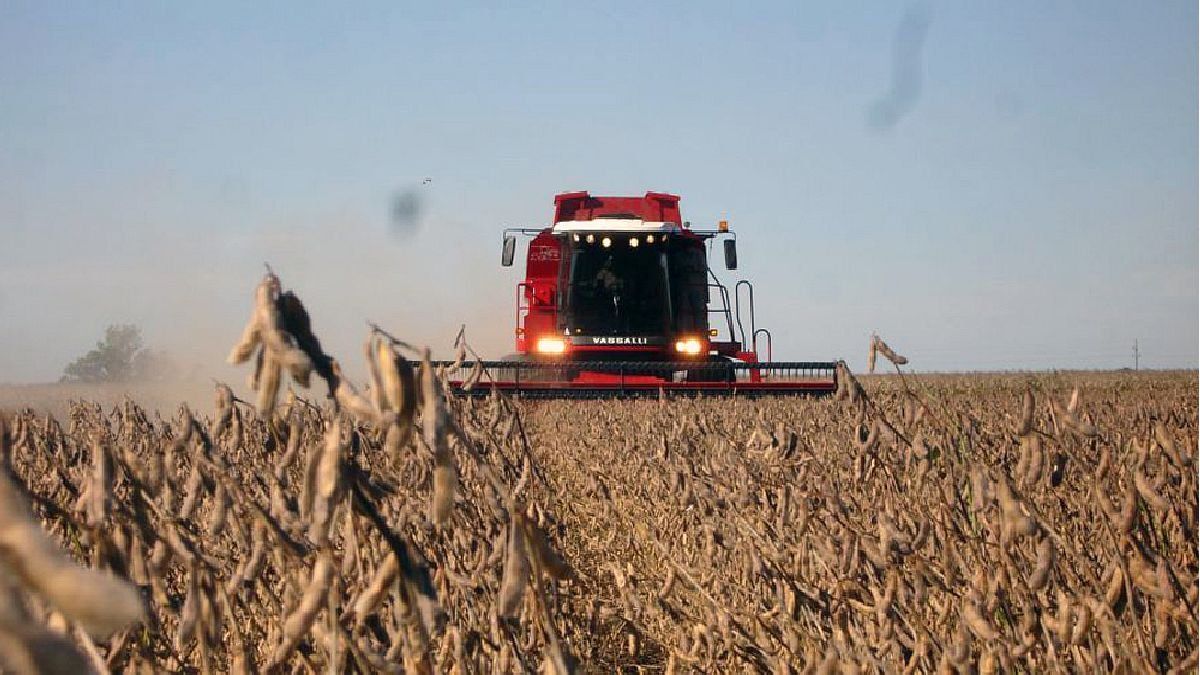… what “The numbers that the study throws indicate losses of $5,000 million for the rice sector, while due to the dry yerbatales, sizing only the plants, that sector has already lost $472 million (it is estimated that plants from 0 to 10 years were affected old on about 1,200 hectares at $400,000 per hectare). For its part, livestock estimates losses due to decreased production of up to $3,500 million, and the death of animals is estimated at 70,000 heads, which means $5,200 million lost. In addition, it is worth considering that each point of pregnancy drop is 20,000 calves less in the province, which implies $ 9,600 million in total, “says the exhaustive report on the impact of drought and fires in Corrientes, and some areas of influence for the most affected items, so far. According to INTA El Sombrero, from the provincial capital, “the 5 main production chains in the province; Livestock, Forestry, Rice, Citrus and Yerbatera, make up a situation picture whose record of hectares burned in coastal areas such as Corrientes, Entre Ríos, Misiones, Chaco and Formosa exceeds 520,000 hectares. In turn, according to Coninagro, the breakdown of losses, up to now, would be $1,800 million in citrus due to loss of access to markets due to poor quality (fruit size), and the Autumn (lemon) and Spring harvests are in danger. Young Plants are drying up; b) $4,968 million in rice due to market losses due to poor grain quality (all broken). 65% of the surface is in danger for the next campaign; c) $6,000 million in forestry, although the calculation is an estimate since it was configured on 10,000 hectares burned, a figure that according to unofficial estimates already reaches 13,000 hectares consumed by fire, with very compromised young plantations; d) $3,200 million in yerba mate due to production losses, that is, leaves that are not going to be harvested throughout the province (losses of 65 million kilos of yerba are recorded at $50 per kilo at market value according to the National Yerba Institute reference Mate (INYM ARG) And it is not yet possible to measure and determine the large number of plants that are drying up and dying; e) $3,575 million pesos in livestock, with $5,211 only estimating a mortality of 1.5% higher than the normal average, and without considering the higher expenses to contain the situation, nor the negative price differential due to forced sale. Lack of grass is expected for the winter. In this case, “the data referring to the loss in terms of infrastructure is transversal to all the chains, represented mainly in the reconstruction of fences: the equation yields an estimate of $27,754 million in this concept.
Source: Ambito
David William is a talented author who has made a name for himself in the world of writing. He is a professional author who writes on a wide range of topics, from general interest to opinion news. David is currently working as a writer at 24 hours worlds where he brings his unique perspective and in-depth research to his articles, making them both informative and engaging.




